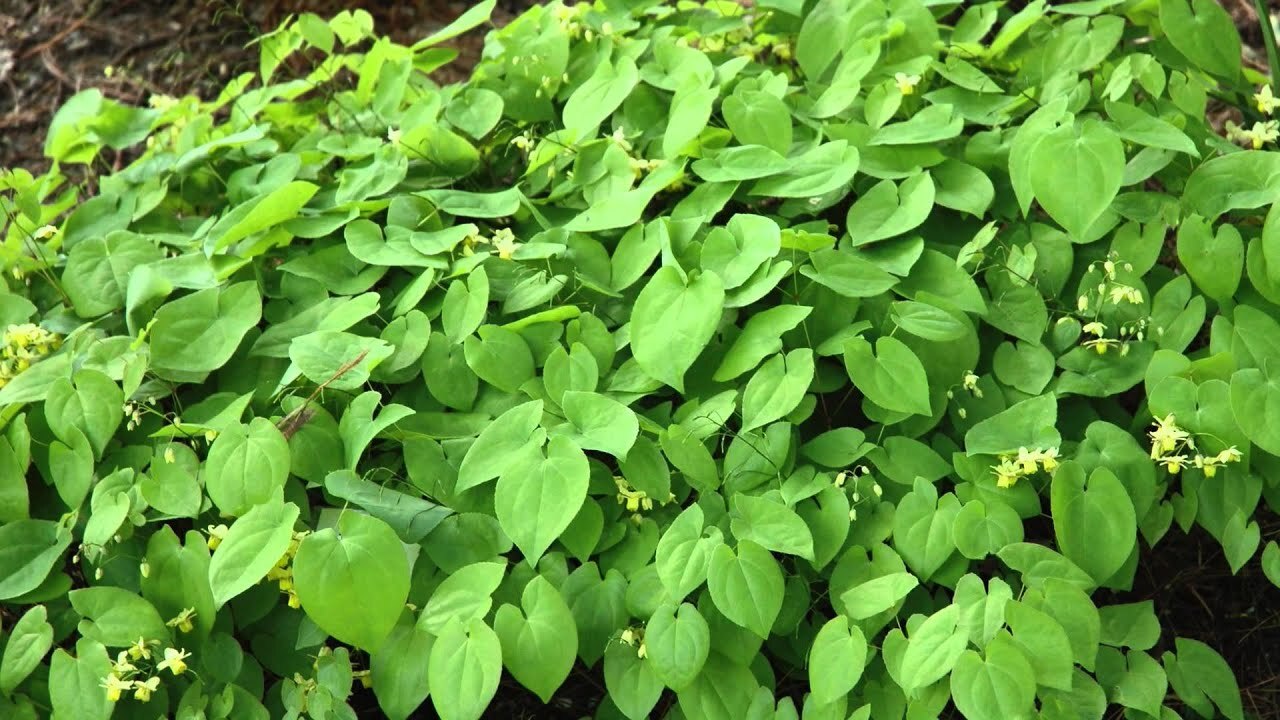
What is Barrenwort? Barrenwort, also known as Epimedium, is a fascinating plant with a rich history and unique characteristics. Why is it called Barrenwort? The name comes from its traditional use in herbal medicine to treat infertility. This perennial plant thrives in shady gardens, making it a favorite among gardeners. What makes Barrenwort special? Its heart-shaped leaves and delicate flowers add charm to any landscape. Is Barrenwort easy to grow? Absolutely! It’s low-maintenance and resistant to pests. Can Barrenwort be used medicinally? Yes, it has been used in traditional Chinese medicine for centuries. Is it safe for pets? Generally, yes, but always consult a vet. Why should you consider Barrenwort for your garden? Its beauty and resilience make it a standout choice.
What is Barrenwort?
Barrenwort, also known as Epimedium, is a fascinating plant with a rich history and unique characteristics. This perennial herb is often found in gardens and has a variety of uses. Let's dive into some intriguing facts about this remarkable plant.
Historical Background
Barrenwort has a storied past that dates back centuries. Its uses and significance have evolved over time.
- Barrenwort has been used in traditional Chinese medicine for over 2,000 years.
- The plant is often referred to as "Yin Yang Huo" in Chinese, which translates to "horny goat weed."
- Ancient Chinese texts mention barrenwort as a remedy for fatigue and low libido.
Botanical Characteristics
Understanding the physical traits of barrenwort can help in identifying and cultivating it.
- Barrenwort belongs to the Berberidaceae family.
- The plant typically grows to a height of 12-18 inches.
- It has heart-shaped leaves that change color throughout the seasons.
- Barrenwort produces delicate, star-shaped flowers in shades of white, yellow, pink, and purple.
Growing Conditions
Knowing the ideal conditions for barrenwort can ensure a thriving garden.
- Barrenwort thrives in well-drained soil with a pH between 5.5 and 7.0.
- The plant prefers partial to full shade, making it perfect for woodland gardens.
- It is drought-tolerant once established, requiring minimal watering.
- Barrenwort can be propagated through division or seeds.
Medicinal Uses
Barrenwort is not just a pretty plant; it has several medicinal applications.
- The plant contains icariin, a compound believed to enhance sexual function.
- Barrenwort is used to treat osteoporosis by promoting bone health.
- It has anti-inflammatory properties that can help with arthritis.
- The plant is also used to improve cardiovascular health.
Ecological Impact
Barrenwort plays a role in the ecosystem, benefiting various organisms.
- The plant attracts pollinators like bees and butterflies.
- Barrenwort serves as ground cover, preventing soil erosion.
- It provides habitat and food for small insects and animals.
Cultural Significance
Barrenwort holds a special place in various cultures around the world.
- In Japan, barrenwort is known as "Inu-bikuri" and is often used in traditional gardens.
- European folklore suggests barrenwort can ward off evil spirits.
- The plant is a symbol of resilience and endurance due to its hardy nature.
Varieties of Barrenwort
There are numerous species and hybrids of barrenwort, each with unique features.
- Epimedium grandiflorum is known for its large, showy flowers.
- Epimedium x rubrum has striking red flowers and reddish leaves.
- Epimedium sagittatum is commonly used in herbal supplements.
- Epimedium perralchicum 'Frohnleiten' is prized for its golden-yellow flowers.
Fun Facts
Some lesser-known tidbits about barrenwort can add to its charm.
- Barrenwort is sometimes called "bishop's hat" due to the shape of its flowers.
- The plant is deer-resistant, making it a good choice for gardens in areas with high deer populations.
- Barrenwort's leaves can be semi-evergreen or deciduous, depending on the climate.
The Final Word on Barrenwort
Barrenwort, also known as Epimedium, is a fascinating plant with a rich history and many uses. Known for its heart-shaped leaves and delicate flowers, this plant isn't just a pretty face. It has been used in traditional medicine for centuries, especially in Asia, for its supposed aphrodisiac and health-boosting properties. Gardeners love it for its hardiness and ability to thrive in shady spots where other plants struggle. Whether you're interested in its medicinal benefits or its gardening perks, barrenwort is a plant worth knowing. Its unique characteristics make it a standout in any garden or herbal remedy collection. So next time you see this plant, you'll know there's more to it than meets the eye. Happy gardening and exploring the wonders of barrenwort!
Was this page helpful?
Our commitment to delivering trustworthy and engaging content is at the heart of what we do. Each fact on our site is contributed by real users like you, bringing a wealth of diverse insights and information. To ensure the highest standards of accuracy and reliability, our dedicated editors meticulously review each submission. This process guarantees that the facts we share are not only fascinating but also credible. Trust in our commitment to quality and authenticity as you explore and learn with us.
